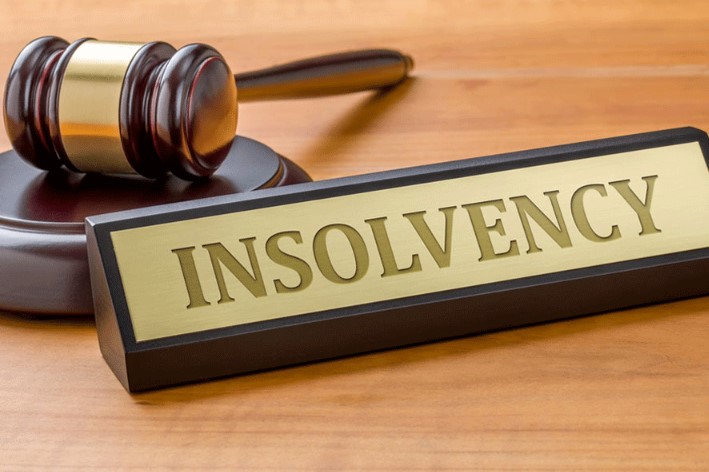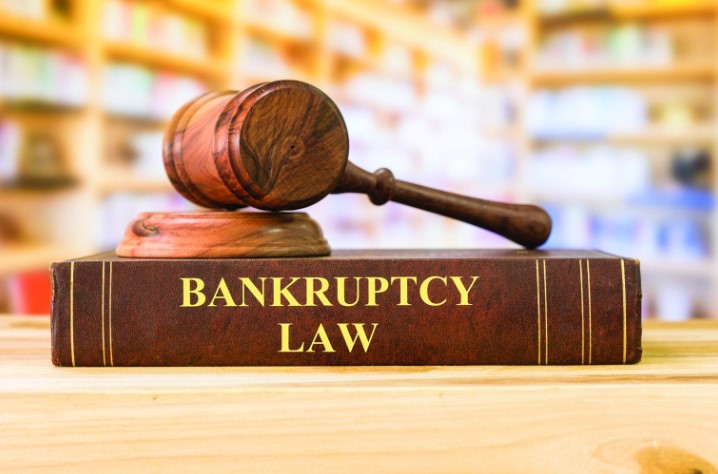From Debt to Recovery: How Insolvency Law Shapes Financial Rehabilitation

In the ever-changing landscape of finance and business, economic hardships can strike individuals and companies alike, leading to overwhelming debt and financial distress. Insolvency law plays a pivotal role in helping these scenarios find resolution. This article, curated by experts at Darwin Gray, delves into its vital function for financial rehabilitation by exploring how individuals and businesses alike can use insolvency law as a path towards recovery from debt.
Understanding Insolvency Law: An Introduction:
Insolvency law refers to a body of legal rules and procedures designed to address instances when entities or individuals cannot meet their financial obligations, whether through bankruptcy for individuals or corporate insolvency proceedings for businesses. Insolvency law offers a structured way of managing debts and seeking a fresh start.
Alternative Solutions to Debt Resolution:
Insolvency law offers multiple paths for debt resolution, each tailored specifically to an individual or business’s circumstances. Bankruptcy proceedings provide individuals with a relief from debt while repaying creditors as much as possible; while corporate restructuring and voluntary administration options aim to foster recovery while protecting enterprise value.
Automatic Stay and Creditor Protection:
One of the powerful features of insolvency law is the automatic stay, which comes into effect upon filing bankruptcy or insolvency proceedings. This legal injunction temporarily stops creditor actions like collection efforts, lawsuits and foreclosures to give debtors time to assess their financial position and create a plan for recovery.
Reorganization and Rehabilitation:
Insolvency law emphasizes reorganization and rehabilitation as part of its definition. For businesses in times of financial difficulty, this means they have access to legal avenues that enable them to restructure operations, renegotiate debts and emerge as viable entities – protecting jobs while upholding relationships that contribute to overall economic stability.
Creditor Engagement and Fairness:
Insolvency law attempts to strike a balance between debtor relief and creditor interests. It ensures creditors receive their fair share from assets held by debtors while taking into account any efforts towards recovery or rebuilding that may take place during this process.
Legal Framework for Negotiations:
Insolvency proceedings involve negotiations between debtors and creditors to develop viable repayment plans or restructuring agreements, often guided by legal framework. All parties involved have an equal voice during these discussions to reach optimal solutions as quickly as possible.
Restart and Economic Renewal:
Insolvency Law adheres to principles of economic renewal and second chances. Allowing individuals and businesses to discharge or restructure their debts offers them a fresh start while encouraging entrepreneurialism and innovation.
Professional Guidance in Insolvency Cases:
Navigating insolvency law can be complex and intimidating, necessitating assistance from legal professionals with expertise in this field. Insolvency attorneys play an essential role in helping debtors and businesses navigate legal proceedings efficiently while protecting their rights and facilitating recovery efforts as seamlessly as possible.
Conclusion:
Insolvency law is about more than debt management; it provides an opportunity for financial recovery and rejuvenation. By providing a structured legal framework that helps individuals and businesses address financial hardships, negotiate with creditors, and chart a course for a brighter financial future – whether through bankruptcy, restructuring, negotiation or some other means – insolvency law facilitates this transformational shift from debt to recovery, helping individuals retake control of their finances while embarking on the road to rehabilitation.







